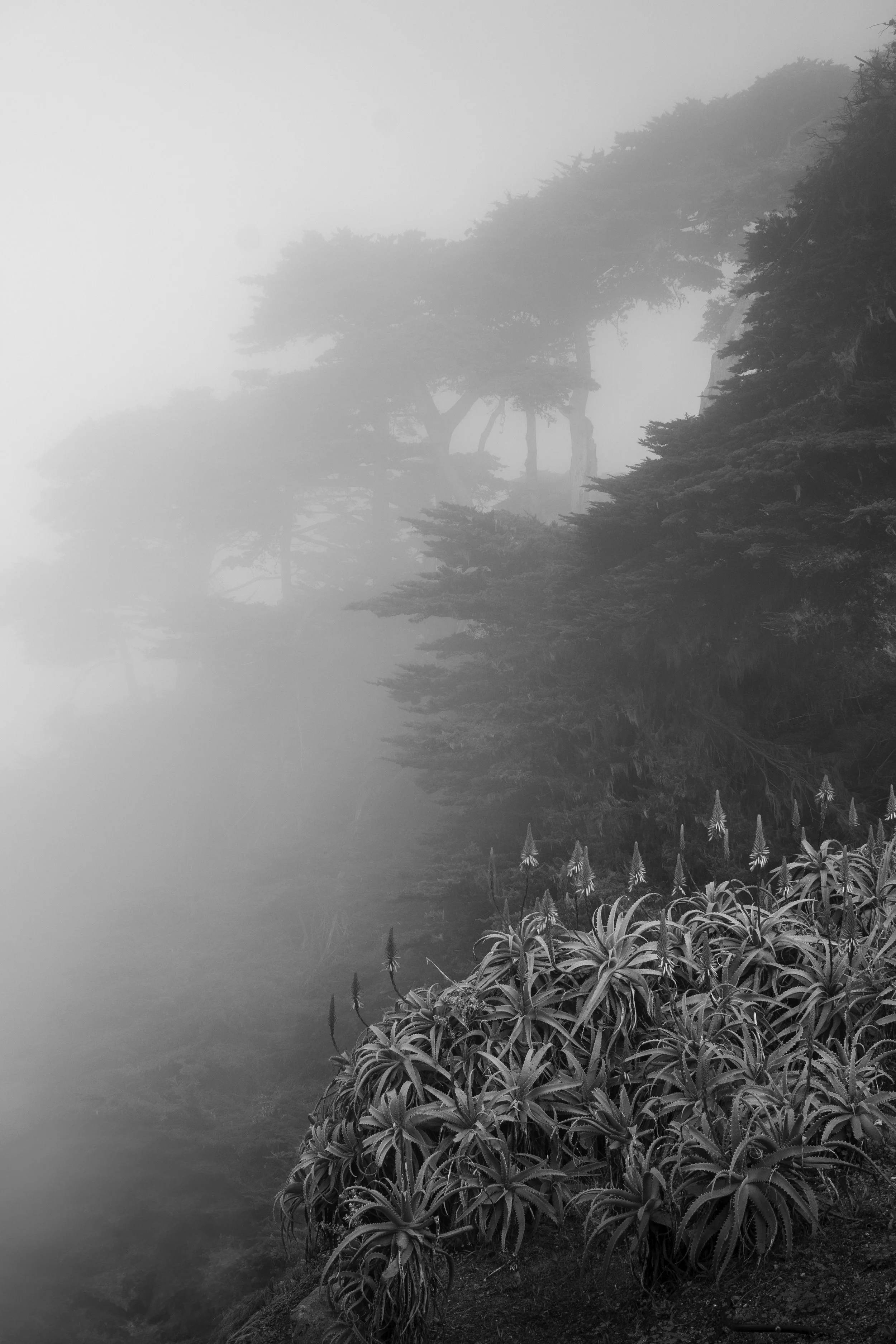From Purist to Creator: How My Approach to Photography Evolved
For years, I considered myself a purist in photography. I believed the image I made in the field, straight out of the camera, was the final product. My process relied on careful planning: using filters, adjusting settings, and meticulously composing the shot. I thought my role as a photographer was complete the moment I clicked the shutter.
But I was wrong.
This year, my perspective was completely transformed by an unexpected encounter. During a trip to San Francisco, I planned to capture architectural photography, a genre I had been exploring with growing interest. One afternoon, I found myself at Fort Point, a location rich with history, beautiful light, and striking architecture.
As I worked to frame the perfect shot, a fellow photographer struck up a conversation with me. His name was Joel Grimes. What started as a casual chat turned into an hour-long masterclass that redefined my approach to photography.
Joel shared a powerful insight: the capture is just the beginning. He explained that even the greatest landscape and architectural photographers treat the image they capture in the field as a foundation. The real artistry, he emphasized, happens afterward—in the “darkroom,” or today’s digital equivalent, post-processing.
I realized I had been limiting myself by clinging to the idea of “purity” in photography. My goal was to make a technically flawless image, but I wasn’t allowing myself the creative freedom to transform it into art.
Joel’s words resonated deeply. I thought about master photographers like Ansel Adams, whose breathtaking landscapes weren’t merely the result of perfect exposures but also meticulous work in the darkroom. The artistry came from interpreting the scene and shaping the image to express a vision.
After that conversation, my photography changed completely. I began embracing post-processing as an essential part of my creative process. It’s not about “fixing” mistakes; it’s about taking a good photograph and elevating it into something truly extraordinary. It’s about storytelling, mood, and emotion—things that can’t always be captured entirely in-camera.
That day at Fort Point was a turning point. The light filtering through the arches, the interplay of textures, and the sheer beauty of the architecture became more than just a photographic opportunity. They became a canvas for artistic expression.
Looking back, I’m grateful for the encounter that changed my perspective. Photography isn’t just about recording what you see; it’s about creating what you feel. The camera is merely the first step in a larger journey—a journey I’m excited to continue exploring.To any fellow purists out there: consider giving yourself permission to experiment and create. The image you make in the field is important, but it’s only the beginning of what it can become.
Here’s to the art of photography and the endless possibilities it holds.
